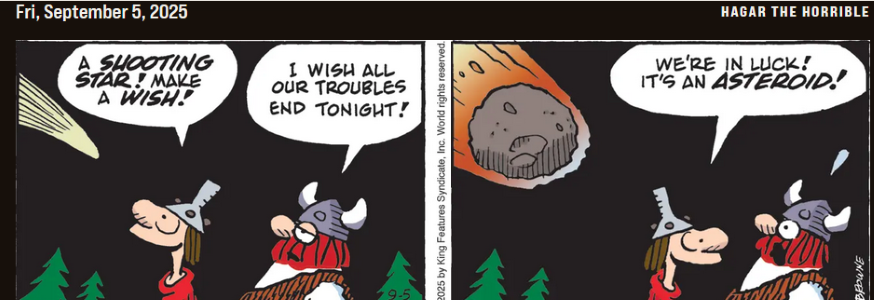When did the Irish become white? In the demographic analyses of the composition of the American population at present and for the future, there is no separate category for the Irish; they are included in the white population along with the English. That would be quite a surprise to both groups back when the Irish first began arriving in large numbers in the 1830s and 1840s.
When did the Italians and the Jews become white? And the other ethnic groups of the Ellis Island immigration? They weren’t white when they arrived here in the late 1800s and early 1900s. The names that were used for them can’t be listed here. It was a time of quotas and restrictions for the people who dressed funny, spoke funny, smelled funny and ate strange foods.
When did the Germans become white? They weren’t white when they began arriving in large numbers in the 1720s. Hard to imagine that Germans were once Hispanic! Ben Franklin was furious at the presence of signs in two languages. Why couldn’t they learn English like real Americans?
When did the Scotch-Irish become white? They weren’t white when they first arrived here around the same time and in the same places as the German immigrants. Indeed, the people of the elitist colleges founded by the Puritans, Anglicans and Presbyterians in the 17th and 18th centuries still look down on the backcountry plainfolk, code name NASCAR people, as subhuman degenerates, not as fully civilized as they are.
One measure of a people becoming accepted in America is when one of them becomes president. John Kennedy became the first and only Irish president approximately 120 years after the arrival of the Irish immigrants. The first and only German president was Dwight Eisenhower, 163 years after the election of the first American president. There has never been an Ellis Island president although one is doing well in the polls now. Andrew Jackson was the first of many Scotch-Irish presidents, so even though they are looked down upon they are no stranger to the White House.
Another way to determine the acceptance of a people is through music and entertainment. The Irish rioted during the Civil War rather than fight in a war between the English of the North and the English of the South. But by the time of World War I, George M. Cohan, later to be cinematically played by James Cagney, was churning out patriotic songs. Irving Berlin did the same for Ellis Island Americans in World War II as every Hollywood platoon had a soldier from Brooklyn and Frank Sinatra sang the songs that America wanted to hear. After the war not just an Italian but a Sicilian made “It’s a Wonderful Life” as the immigrant Italians built their dream houses in Bailey Park.
Sex is another way to signify acceptance. Italian Joe DiMaggio married Marilyn Monroe. She also married Jewish Arthur Miller and was involved with the Irish Kennedys. It is almost as if Marilyn’s unsung roll in American history was to legitimate the presence of ethnic minorities in this country. In more general terms, intermarriage has been a key marker of the melting pot at work. The Irish-Italian marriages of yesteryear have become the Anglo-Hispanic relationships of the present. As it turns out, what both sides have in common in these marriages is that they are Americans by choice who celebrate Thanksgiving and July 4, speak English, and want to build a better tomorrow in this world for themselves and their children. What could be more American?
So here we are at the beginning of the 21st century wondering about the future composition of the American population. Are there problems that need to be addressed? Yes. Serious problems involving control of the borders and the status of people already here? Yes. Is Washington capable of the common sense, intelligence, imagination, wisdom, creativity, and political will required to solve these problems? Don’t be ridiculous. That’s absurd. Are we the people capable of it? Perhaps if we were to think back about what has happened so far in our history as peoples of different religions and ethnicities embraced the American Dream as Americans by choice even if they weren’t Americans by birth, we will have more faith in the future of America. This story continues but the space to tell it here has run out.
The writer is on staff at the Institute of History, Archaeology, and Education in Purchase. The institute is a nonprofit organization “dedicated to expanding the knowledge and appreciation of human cultures from ancient times to the present through an array of student, teacher, and public programs and activities,” according to its Web site.





